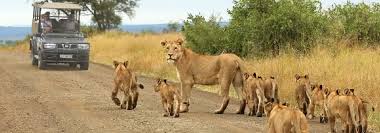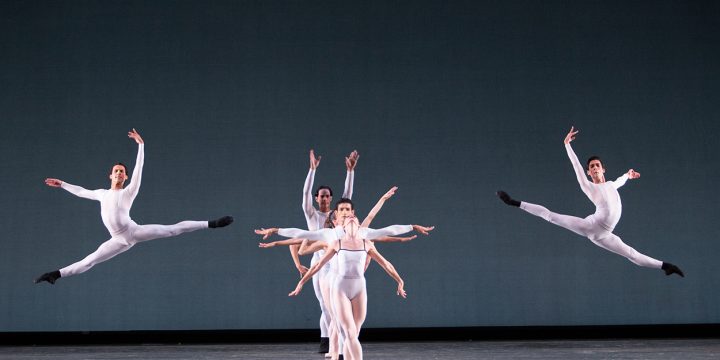
Recyclable Materials: Applications, Limitations, and Innovations
Recycling has become a cornerstone of sustainable development and the circular economy. It reduces environmental pressure, conserves natural resources, and transforms used materials into new products. However, not all materials retain their original properties after recycling, which means they cannot always be reused in the same way as virgin materials. Today, manufacturers increasingly label products made from recycled content, enabling consumers to make informed and environmentally responsible choices. Understanding which materials can be efficiently recycled, their limitations, and the innovations driving the field is essential for building a sustainable future. Recyclable Materials and Their Limitations Traditional recyclable materials include paper, cardboard, glass, metals, plastics, and organic waste. Each behaves differently after recycling, and not all of them can maintain their original properties indefinitely. Recognizing these limitations is crucial for both…






